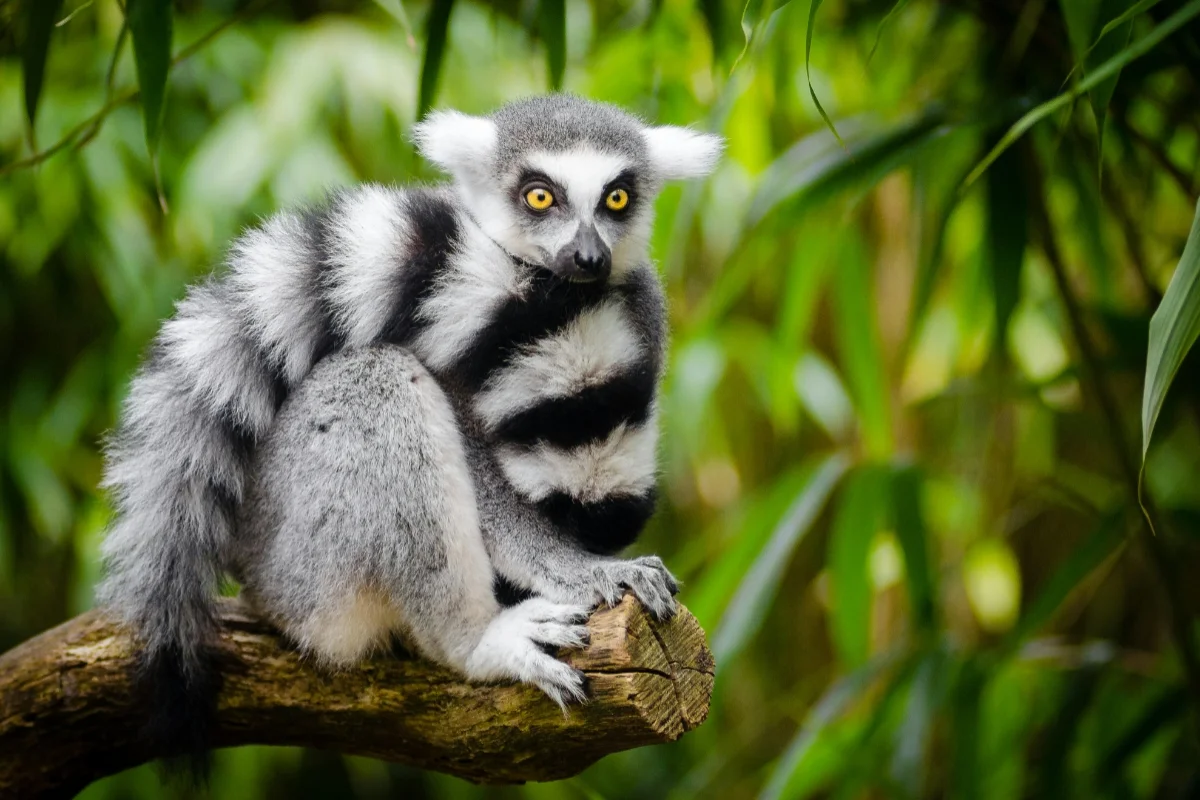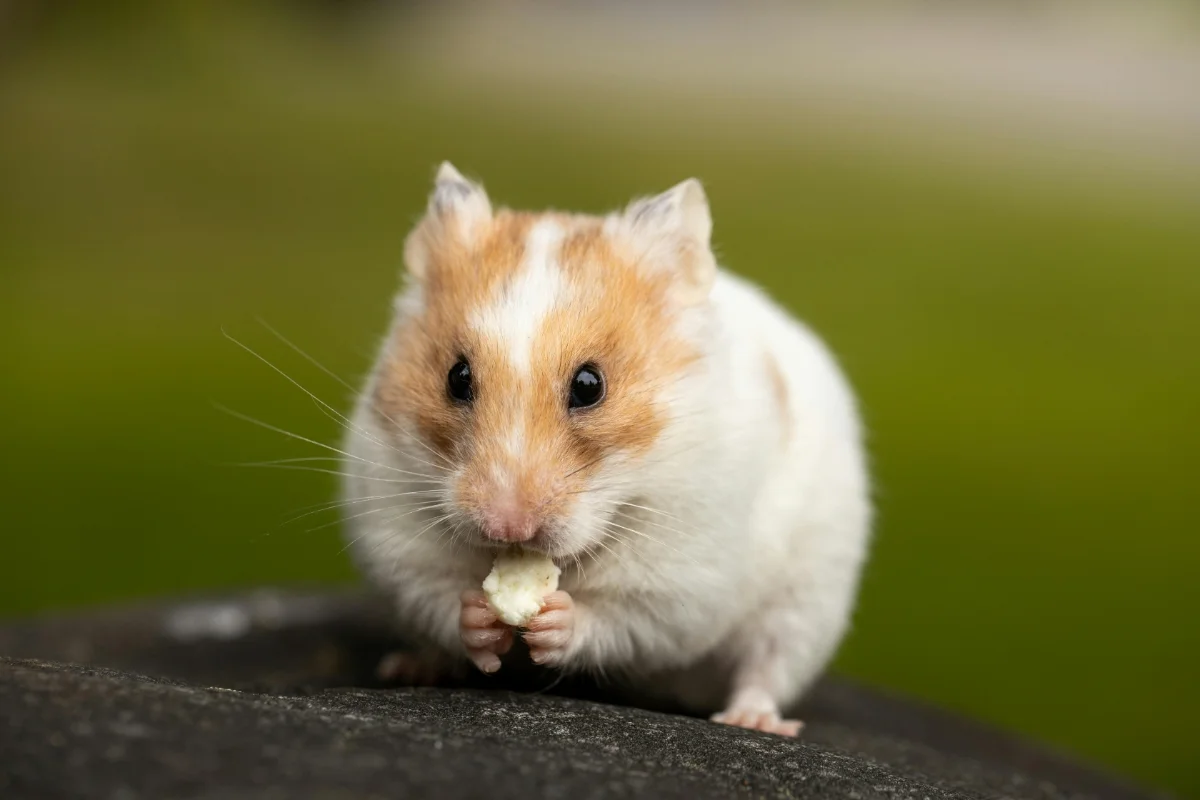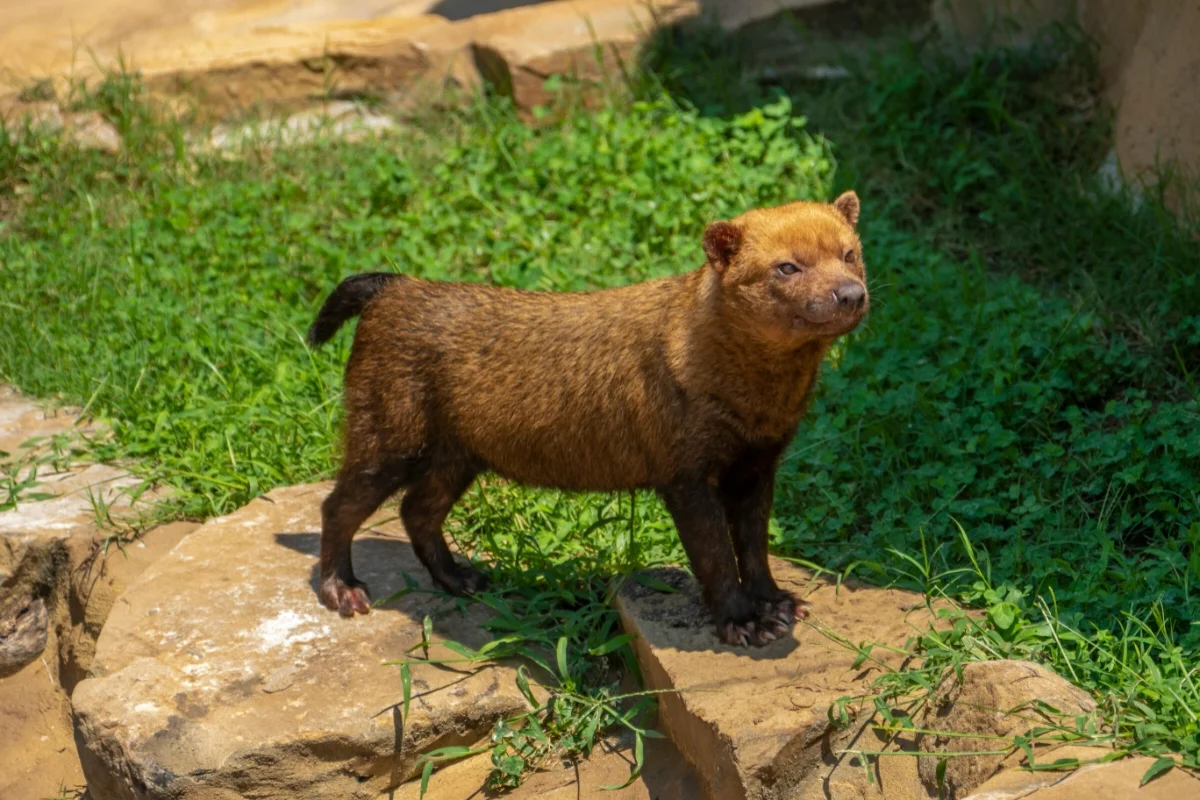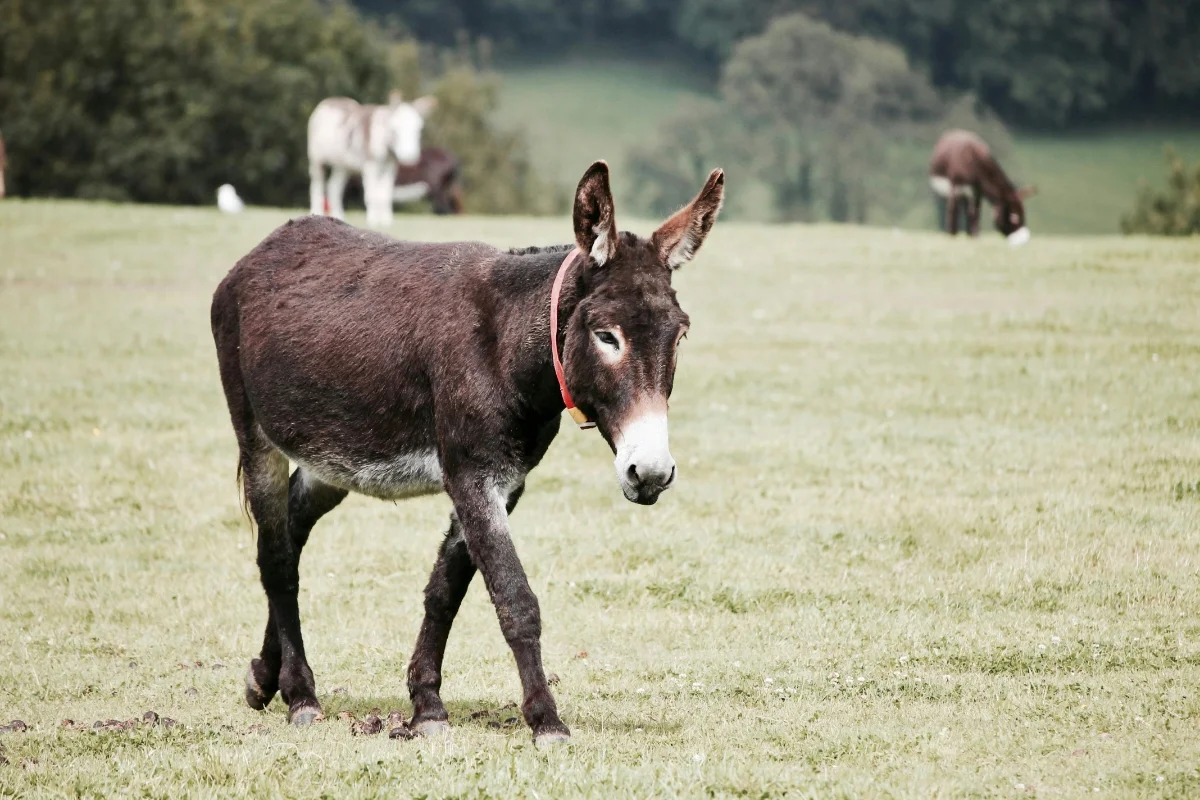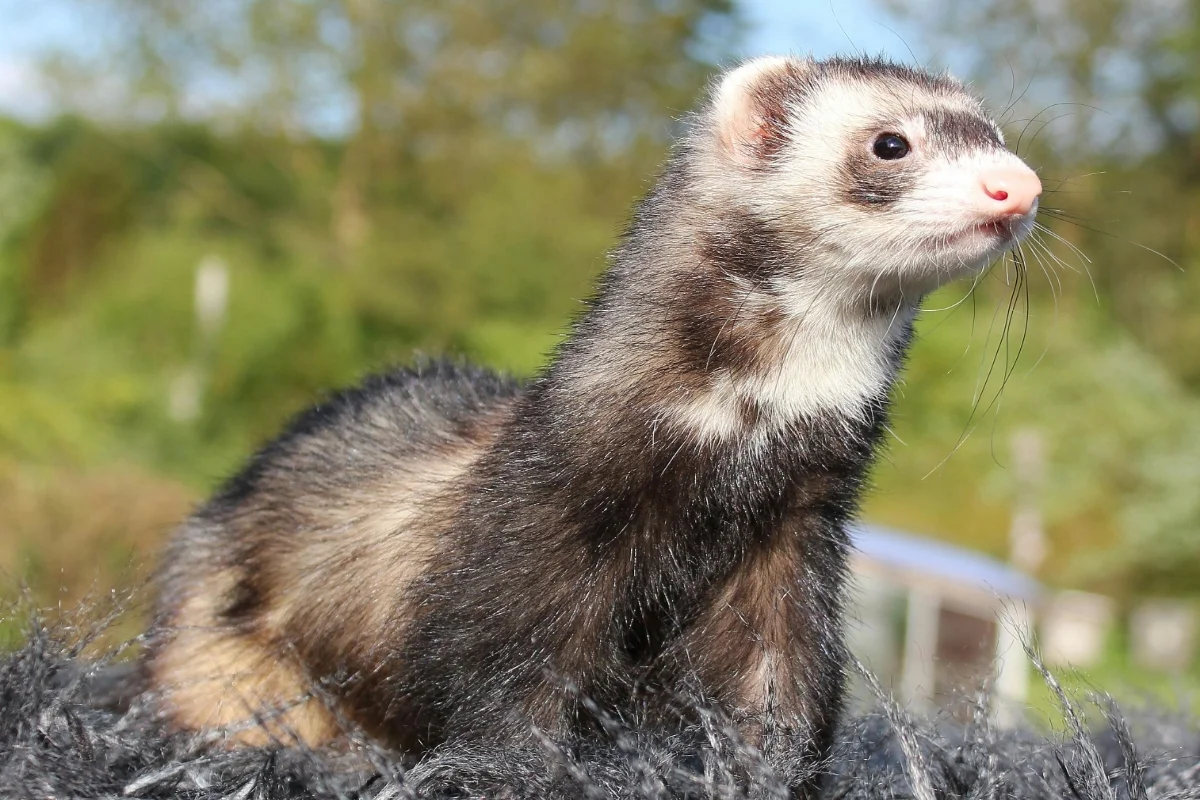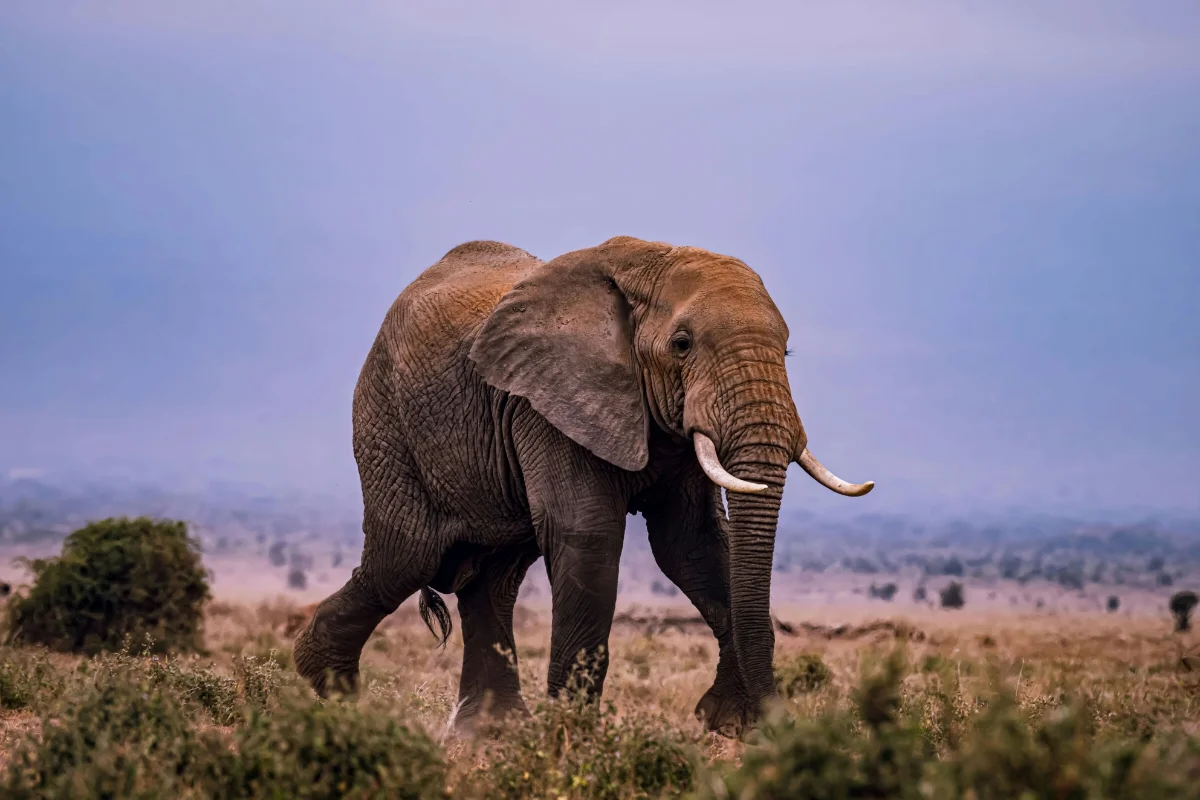Rabbit
Rabbits are small, herbivorous mammals that belong to the Leporidae family. Known for their long ears, strong hind legs, and twitching noses,…
Life Span
8-12 years
Top speed
35 mph
Size
9–20 inches
Weight
2–6 pounds
Rabbits are small, herbivorous mammals that belong to the Leporidae family. Known for their long ears, strong hind legs, and twitching noses, they are often domesticated as pets or found in wild habitats worldwide. They play important ecological roles, such as being prey for various predators.
Rabbit Facts Overview
| Size: | 9–20 inches |
| Weight: | 2–6 pounds |
| Top Speed: | 35 mph |
| Food: | Grasses, leaves, veggies |
| Color: | Brown, gray, white, black |
| Location: | Worldwide, in fields, forests |
| Predators: | Foxes, hawks, snakes, coyotes |
| Lifespan: | 1-2 years (wild), 8-12 years (pet) |
| Habitat: | Fields, meadows, woods |
| Gestation: | 28-31 days |
Interesting Facts
Rabbits can jump up to 10 feet and reach speeds of 35 mph. They have a wide field of vision due to their large eyes and can see nearly 360 degrees. They communicate using thumping, vocalizations, and grooming, showcasing their social and alert nature.
Description
Rabbits have soft, dense fur, long ears, and short fluffy tails. Their bodies are designed for agility, with powerful hind legs for hopping. Fur colors vary, ranging from white and brown to black or gray. Their front teeth are sharp, continuously growing throughout their lives.
Characteristics
Rabbits are social, curious creatures that enjoy group living. They are herbivores, primarily feeding on grass, hay, and vegetables. Rabbits are nocturnal or crepuscular, being most active during dawn or dusk. They have sensitive whiskers and an acute sense of smell to navigate their environment.
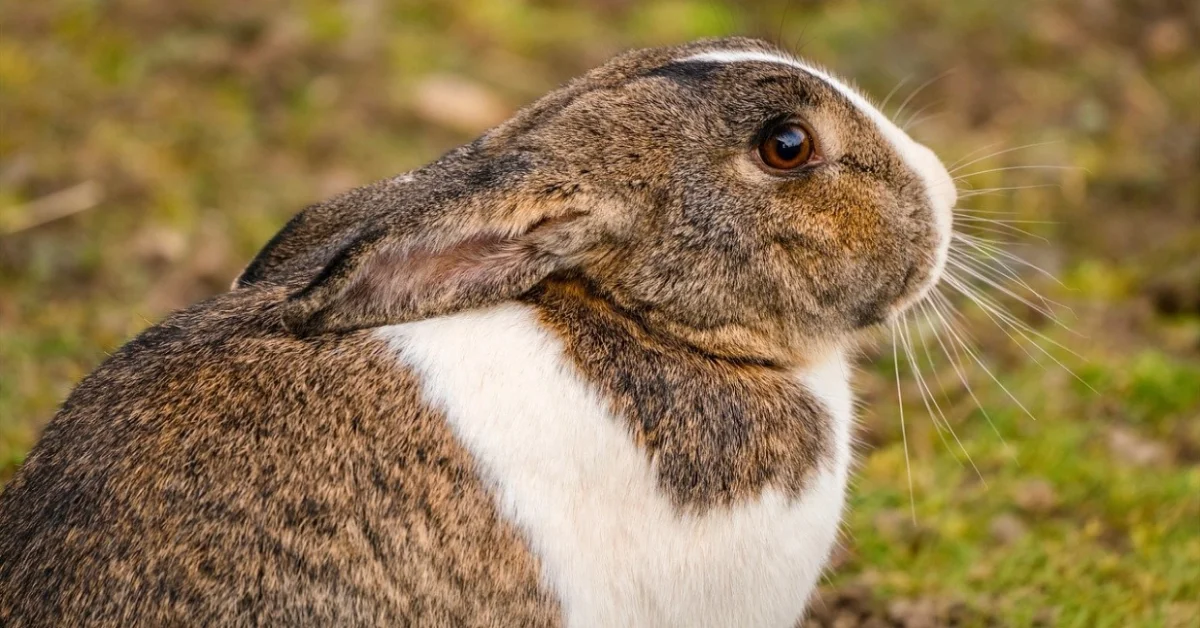
Care
Rabbits need spacious living areas with plenty of room to hop and explore. They require a balanced diet of hay, fresh vegetables, and clean water. Regular grooming is essential, and they should be provided with chew toys for dental health. Rabbits also need safe spaces for exercise.
Lifespan
Rabbits typically live between 8 to 12 years, though some can reach up to 15 years with proper care. Their lifespan is influenced by factors like diet, health care, and living environment. Regular vet checkups and proper nutrition help ensure they live a long, healthy life.
Predators
Rabbits have many predators, including foxes, hawks, owls, and large carnivores like wolves. Their primary defense is their speed and ability to hide in dense vegetation. They may also thump their hind legs to warn others of danger. Being prey animals, they often seek shelter quickly.
Habitat
Rabbits live in a variety of environments, from grasslands to woodlands. They often make burrows, called warrens, which serve as shelters and breeding grounds. Wild rabbits prefer areas with dense vegetation for hiding and foraging. Domesticated rabbits require a safe, clean, and spacious habitat.
Distribution
Rabbits are found all over the world, with native species in Europe, North America, and parts of Asia. They have been introduced to many other regions, including Australia, where they have become invasive. The domesticated rabbit is also a popular pet worldwide, living in homes and farms.
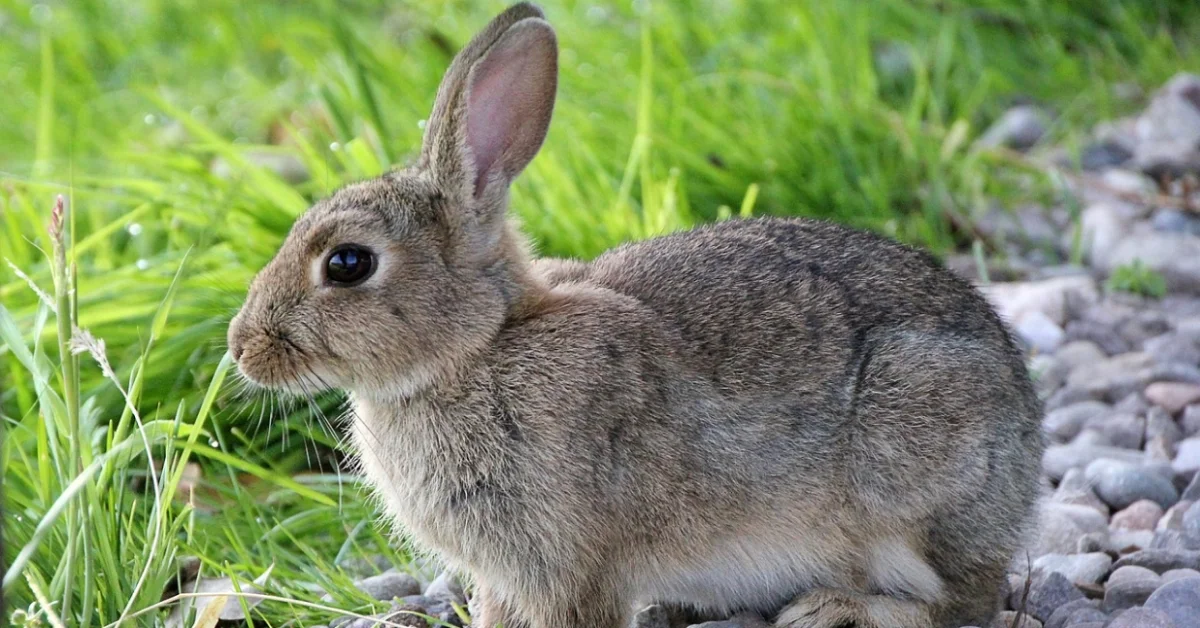
Diet
Rabbits are herbivores, consuming a diet primarily made up of hay, grasses, and leafy greens. They also eat vegetables, fruits, and sometimes small amounts of pellets. Their digestive system is highly specialized for processing fiber. Regular access to fresh water is vital for their hydration and digestion.
Behavior
Rabbits are generally social and enjoy the company of other rabbits. They communicate through body language, thumping, and grooming. They are crepuscular, meaning they are most active during early mornings and dusk. Their curious nature makes them prone to exploring their surroundings, but they can also be easily startled.
Reproduction
Rabbits are prolific breeders, with females capable of giving birth to multiple litters each year. A female (doe) can mate shortly after giving birth. Gestation lasts around 30 days, and the doe gives birth to a litter of 3 to 12 baby rabbits, called kits.
Rabbit Scientific Classification
| Kingdom: | Animalia |
| Phylum: | Chordata |
| Class: | Mammalia |
| Order: | Lagomorpha |
| Family: | Leporidae |
| Genus: | Oryctolagus |
| Scientific Name: | Oryctolagus cuniculus |
Animals for You
References
1. Rabbit Wikipedia Article – https://en.wikipedia.org/wiki/Rabbit


